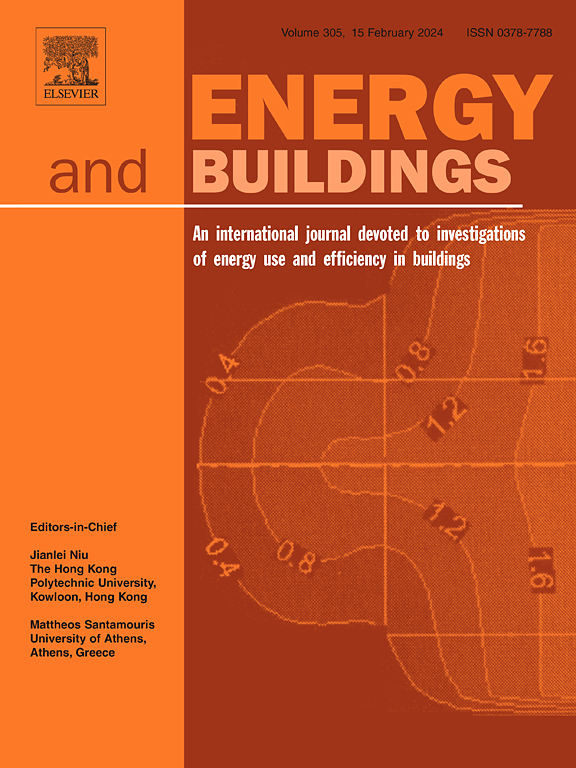A systematic review of treatments and fixes for low delta-T syndrome in cooling systems
IF 6.6
2区 工程技术
Q1 CONSTRUCTION & BUILDING TECHNOLOGY
引用次数: 0
Abstract
Low delta-T syndrome is known to decrease the energy efficiency of chilled water systems and jeopardize human thermal comfort. Many studies have addressed low delta-T syndrome, suggesting possible measures to solve or mitigate its symptoms. However, while numerous measures have been proposed, a connection to the fundamental causes and the potential side effects that could cause low delta-T syndrome is lacking. This systematic literature review aims to identify measures to address low delta-T syndrome in various parts of chilled water systems and classify the 25 identified measures for the four subclasses of low delta-T syndrome as treatments or fixes. For the subclass of low delta-T syndrome without increased flow, fifteen measures were classified as a treatment; five were classified as a fix and five could not be classified. For the three subclasses of low delta-T syndrome with increased flow, 11 were classified as fixes, nine as a treatment and five could not be classified. The main reason four of the six measures could not be classified is due the disputed cause of laminar or transitional flow condition inside the cooling coil tubes. Despite the reported positive effects in existing chilled water systems, many measures are considered fixes because they do not address the fundamental causes of low delta-T syndrome but merely mitigate its signs and symptoms.
冷却系统中低Δ-T 综合征的治疗和修复方法的系统回顾
众所周知,低 delta-T 综合征会降低冷冻水系统的能效,影响人体热舒适度。许多研究都针对低 delta-T 综合征提出了解决或减轻其症状的可行措施。然而,虽然提出了许多措施,但缺乏与可能导致低 delta-T 综合征的根本原因和潜在副作用的联系。本系统性文献综述旨在确定解决冷冻水系统各部分低 delta-T 综合征的措施,并将针对低 delta-T 综合征四个亚类确定的 25 项措施分类为治疗或修复措施。对于未增加流量的低 delta-T 综合征子类,15 项措施被归类为处理措施;5 项被归类为修复措施,5 项无法归类。在流量增加的低三角 T 综合征的三个亚类中,有 11 项措施被归类为固定措施,9 项措施被归类为治疗措施,5 项措施无法归类。六项措施中有四项无法归类的主要原因是冷却盘管内部的层流或过渡流条件存在争议。尽管报告称现有冷冻水系统取得了积极效果,但许多措施仍被视为补救措施,因为这些措施并未从根本上解决低 delta-T 综合征,而只是减轻了其症状和体征。
本文章由计算机程序翻译,如有差异,请以英文原文为准。
求助全文
约1分钟内获得全文
求助全文
来源期刊

Energy and Buildings
工程技术-工程:土木
CiteScore
12.70
自引率
11.90%
发文量
863
审稿时长
38 days
期刊介绍:
An international journal devoted to investigations of energy use and efficiency in buildings
Energy and Buildings is an international journal publishing articles with explicit links to energy use in buildings. The aim is to present new research results, and new proven practice aimed at reducing the energy needs of a building and improving indoor environment quality.
 求助内容:
求助内容: 应助结果提醒方式:
应助结果提醒方式:


